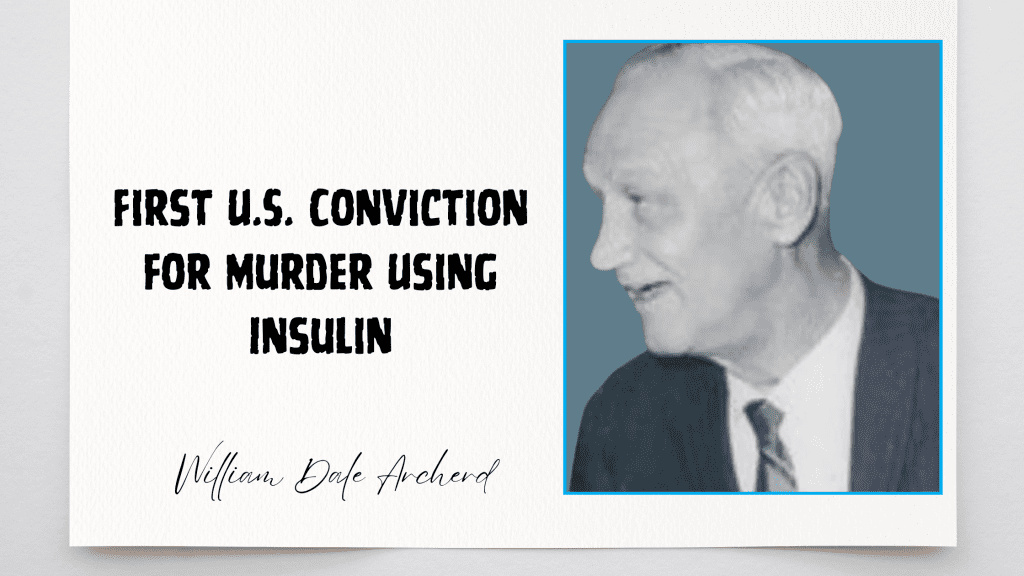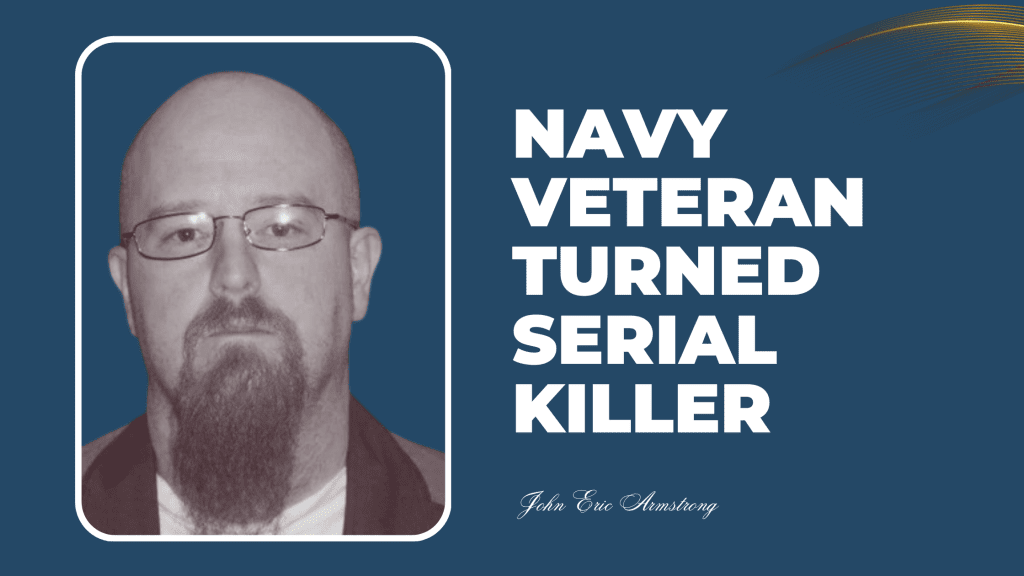Table of contents
- Selling Bodies For Dissection: The Rise of Edinburgh’s Cadaver Black Market
- Burke and Hare’s Partnership: From Canal Diggers to Cadaver Suppliers
- The Killings Of Burke & Hare: Timeline of 16 Victims & Gruesome Sales
- Dr. Robert Knox’s Role: The Anatomist Who Ignored the Obvious
- Investigation & Arrest: Lodger Tip-Off to Burke’s Public Hanging
- Aftermath: The 1832 Anatomy Act Ends Body Snatching Era
- Selling Bodies For Dissection Legacy in 2025: Museums, Myths & Modern Echoes
- FAQs: Common Questions on Selling Bodies For Dissection & Burke and Hare
Step back to 1828 Edinburgh. Misty cobblestone streets hid a gruesome secret. William Burke and William Hare murdered at least 16 people. They sold bodies for dissection to fuel the city’s booming medical schools. In an era when doctors paid £10 per fresh cadaver, these Irish immigrants skipped grave-robbing. They “burked” victims. This smothered them mark-free for top dollar. Known as the “West Port Murders” or “Burke and Hare killings,” their spree sparked riots.
It inspired the 1832 Anatomy Act. The act exposed poverty’s deadly grip on Scotland’s underclass. Searches for “selling bodies for dissection,” “Burke and Hare killings,” and “Edinburgh anatomy murders” surge now. This happens amid 2025’s BBC docuseries revival. Surgeons’ Hall Museum’s interactive exhibit draws 70k visitors yearly. If you explore true crime like Gao Chengyong or Jeffrey Dahmer victims, read on. This tale of profit over life changed medicine forever. Let’s explore step by step. How does desperation birth such monsters?
Selling Bodies For Dissection: The Rise of Edinburgh’s Cadaver Black Market
Edinburgh’s 1820s medical golden age turned the city into Europe’s anatomy hub. Surgeons like Dr. Robert Knox taught 500+ students yearly. Laws limited the bodies to executed criminals. Just 2-3 per year. Demand hit 500+ annually. Prices soared to £10-20 for “freshies.” Resurrectionists raided graves. Watchtowers and iron mortsafes made digging risky.
The Anatomy Crisis: The University drew global students. Knox’s school alone needed 120 bodies/year for hands-on training. £3/student fee. Black Market Mechanics: Bodies from poorhouses or suicides are sold illegally. “Subjects” fetched a premium if unmarked. No grave dirt. Social Underbelly: Poverty drove sellers. Irish immigrants like Burke and Hare fled famine. They flooded slums for canal work.
This shortage set the stage. When opportunity knocked with a dead lodger, Burke and Hare answered with murder.
Burke and Hare’s Partnership: From Canal Diggers to Cadaver Suppliers
William Burke was born in 1792 in County Tyrone. William Hare was born in 1792 or 1804 in County Derry. They met in 1827 in Edinburgh’s Westport. This happened amid Union Canal labor. Burke was an ex-shoemaker. He lived with Helen McDougal. Hare ran a lodging house with Margaret Laird. Both scraped by on navvy wages. £1/week.
First “Sale”: November 1827. Lodger Donald died owing £4 in rent. They sold his body to Knox for £7.10s. Easy profit in body-starved times. Shift to Murder: December 1827. Sick tenant Joseph suffocated or “burked” for £10. Method: Knee on chest. Hand over mouth. Silent and bruise-free. Team Dynamics: Hare scouted isolates. Burke killed. Women lured or covered. No remorse. Just business in slums where the poor vanished unnoticed.
By 1828, they averaged £10/kill. They netted £150 total. £20k today. Blood money fueled their spree.
The Killings Of Burke & Hare: Timeline of 16 Victims & Gruesome Sales
From November 1827 to October 1828, Burke and Hare targeted the vulnerable. Drunks, beggars, immigrants in Edinburgh’s underbelly. Sold to Knox within hours for freshness. Spree ended with sloppiness.
| Victim Name | Date | Details | Sold For |
|---|---|---|---|
| Joseph Miller | Dec 1827 | Sick lodger. Suffocated in sleep. | £10 to Knox. |
| Mary Paterson | Apr 1828 | Prostitute. Lured drunk. Burked. | £10. Body warm for dissection. |
| “Old Woman” (Unnamed) | May 1828 | Beggar. Poisoned tea. Smothered. | £8. |
| Ann McDougal | Oct 1828 | Relative. Lured with whisky. Killed. | £10. Raised suspicion. |
| Daft Jamie Wilson | Oct 1828 | Disabled teen. Fought back. | £10. Knox dissected publicly. |
| Mary Docherty | Oct 31, 1828 | £10. Knox was dissected publicly. | Interrupted. Led to arrest. |
Methods: Burking for clean cadavers. Victims are often Irish poor. “Invisible” to authorities. Total sales: 16 bodies. £150 earned.
Dr. Robert Knox’s Role: The Anatomist Who Ignored the Obvious
Dr. Robert Knox was Edinburgh’s top anatomist. He bought 17 bodies from Burke and Hare without probing their origins. Despite “freshness” red flags. No rigor mortis delays.
School Setup: 10 Surgeons’ Square. 500 students/year. £10/body premium. Blind Eye: Dissected Mary Paterson. “Beautiful subject,” publicly. Ignored rumors. Fallout: 1829 inquiry cleared him. Mobs rioted. Elites protected. Exiled in 1842. Died in 1862.
2025 view: BBC calls him “enabler.” The museum exhibits his role in the ethics shift. Read more: Stephen Griffiths: The Crossbow Cannibal
Investigation & Arrest: Lodger Tip-Off to Burke’s Public Hanging
October 1828: Mary Docherty’s body found by lodgers James/Ann Gray. They alerted police. Burke/Hare were arrested on November 1. McDougal/Laird, too. Hare snitched for immunity.
Trial: December 1828. High Court. Burke is guilty of 3 murders. Hanged January 28, 1829. Before a 25k crowd. Body dissected. Poetic justice. Hare’s Mystery: Released 1829. Vanished. Rumors of Ireland. London mob. Carlisle sighting the last trace. Women’s Fate: “Not proven.” Fled riots.
Copycats in London accelerated reforms.
Aftermath: The 1832 Anatomy Act Ends Body Snatching Era
Scandal tarnished Edinburgh but sparked change. 1832 Anatomy Act legalized unclaimed pauper/hospital/prison bodies. Collapsing the market.
Immediate Impact: Resurrectionists are obsolete. Medical access soared. Long-Term: Ethics advanced. 2025 debates echo in bioethics. Organ donation.
Victims are mostly unnamed. Poverty erased them.
Selling Bodies For Dissection Legacy in 2025: Museums, Myths & Modern Echoes
November 1, 2025: Surgeons’ Hall Museum’s “Anatomy Act 193” exhibit adds VR “burking” simulations. Drawing 70k visitors. BBC docuseries revives case. Focusing “forgotten poor.” X trends #BurkeAndHareLegacy (20k posts): “Medical progress on graves?” Copycat fears tied to 2025 “anatomy art” scandal.
Edinburgh’s tours (£15/head) mythologize. Victims’ advocates push memorials.
FAQs: Common Questions on Selling Bodies For Dissection & Burke and Hare
What was selling bodies for dissection? 19th-century black market. Cadavers fetched £10 for medical schools amid shortages.
How many victims in the killings of Burke & Hare? 16 confirmed. Sold to Dr. Knox for £150 total.
What happened to William Hare? Vanished post-immunity. Rumors of Ireland’s death or mob lynching.
Any 2025 updates on Burke and Hare? BBC series revival. Museum VR exhibit explores ethics.
Did the Anatomy Act stop body snatching? Yes. Legalized unclaimed bodies. Ending the resurrectionist trade.




